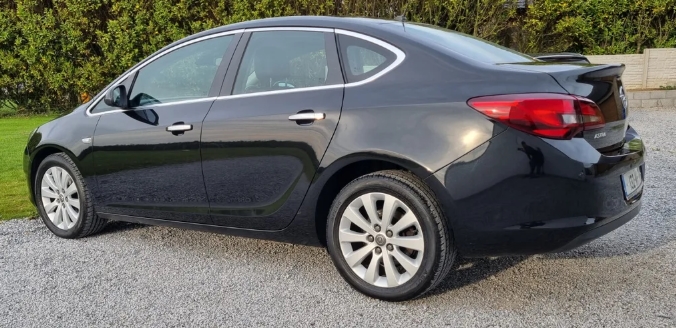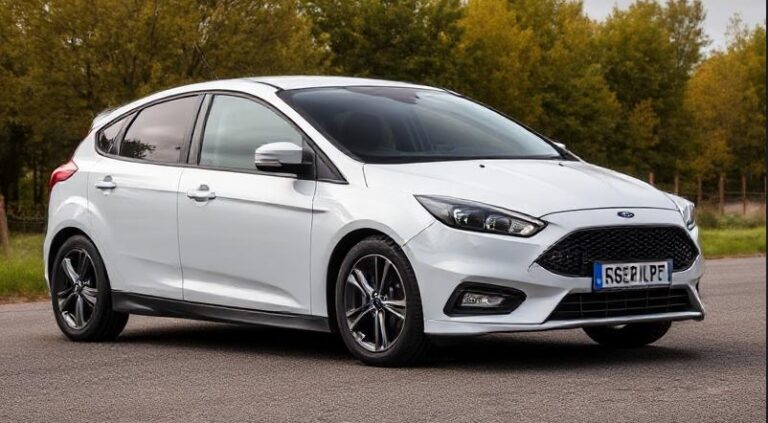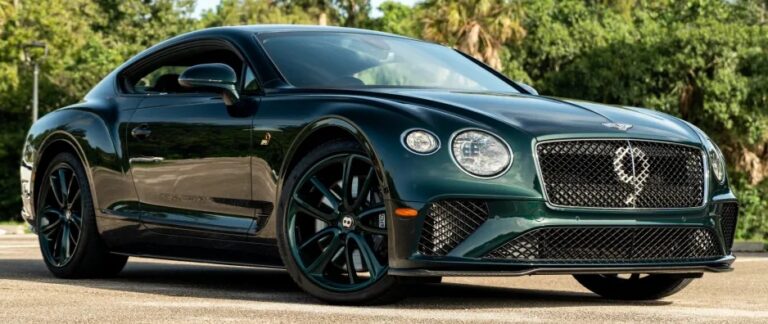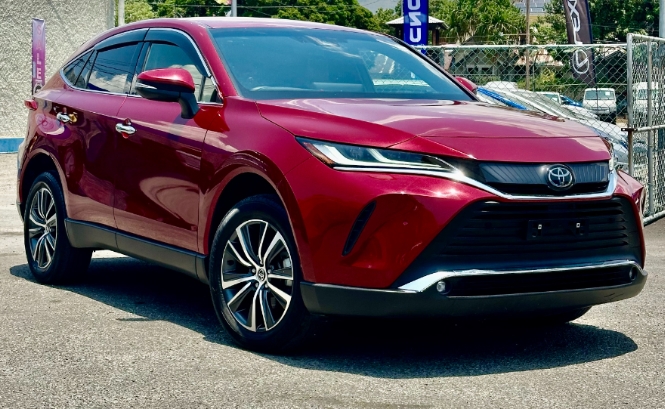The Evolution of the Opel Astra
The Opel Astra has been a cornerstone in the compact car segment since its debut, embodying innovation, practicality, and evolving automotive technology. Over the decades, the Astra has undergone numerous transformations, reflecting changing consumer preferences, technological advancements, and design philosophies. This article provides a detailed chronological account of the Opel Astra’s development, encompassing its production years, various models, and trim levels offered throughout its history.
Origins and First Generation (1991–1998)
Introduction and Development
The Opel Astra was first introduced in 1991 as a successor to the Opel Kadett E. Developed by Opel (a subsidiary of General Motors at the time), the Astra aimed to provide a modern, more refined alternative in the compact car segment.
Models and Trims
Initially launched as a three-door hatchback, with later additions of a five-door hatchback, saloon, and station wagon variants, the first-generation Astra was built on the GM T-car platform. It was available in several trim levels, including:
- LS: Base model with essential features.
- GL: Slightly upgraded with additional comfort features.
- GLS: Higher trim with more equipment, including power accessories and improved interior.
- Sport: A sportier variant with enhanced suspension and styling cues.
Engine Options
The first-gen Astra offered a range of petrol engines from 1.4L up to 2.0L, and diesel variants starting at 1.7L CDTi engines. Notable engines included:
- 1.4L I4
- 1.6L I4
- 1.8L I4
- 2.0L I4
- 1.7L Turbo Diesel
Second Generation (1998–2004)
Development and Features
Launched in 1998, the second-generation Astra (also known as Astra G) was built on the GM GMX platform. It featured more aerodynamic styling, improved safety features, and a more refined interior.
Models and Trims
The lineup expanded to include:
- Classic: The base model.
- Club: Mid-level trim with additional comfort features.
- Elegance: Higher trims with luxury features.
- Sporting Models: Including the Astra G OPC (later OPC Turbo), emphasizing performance.
Engine Range
Engine options were diversified further:
- Petrol: 1.4L, 1.6L, 1.8L, 2.0L, and 2.2L. The 2.0L was available with a turbocharged variant in the OPC model.
- Diesel: 1.7L and 1.9L CDTi engines, with the latter offering 120-150 horsepower.
Special Editions and Trim Levels
Throughout this period, Opel released special editions such as the “S” and “Sport” variants, often featuring sporty styling and performance upgrades.
Third Generation (2004–2010)
Design and Innovations
The third-generation Astra (Astra H) debuted in 2004, with a more modern, aerodynamic body and improved chassis dynamics. It introduced new safety features, including side airbags and electronic stability control.
Models and Trims
The Astra H lineup included:
- Club: Entry-level.
- Enjoy: Mid-range offering more comfort.
- Cosmo: Higher-end trim with premium features.
- Sport and Sportive: Performance-oriented trims.
- GTC: Coupe variant introduced in 2007, featuring a sportier design.
- TwinTop: A retractable hardtop convertible launched in 2006.
Engine Options
Petrol engines ranged from 1.4L to 2.0L turbocharged units, with diesel variants from 1.3L to 1.9L CDTi engines. Notably:
- 1.4L, 1.6L, 1.8L, and 2.0L petrol engines.
- 1.3L CDTi, 1.7L CDTi, and 1.9L CDTi diesel engines.
Trim Levels Specifics
- Expression / CL: Basic trims with essential features.
- Enjoy: Mid-level trims with added comfort.
- Cosmo / Elite: Top trims with luxury features like leather seats, advanced audio, and parking aids.
- GTC/Convertible: Sporty coupe and convertible options.
.
We LOVE cars & cruising around, but sometimes day trips to explore new cities are required (with family or friends) for a spice of variety in your life!
So GO explore!
Cruises & Day/Night City Tours to: Baltimore, Boston, Chicago, Marina Del Ray, New York, Niagara, Philadelphia, San Diego, San Francisco, Toronto, Washington DC, etc.:

.
Fourth Generation (2010–2015)
Design and Technological Progress
The Astra J, launched in 2010, featured a more refined, aerodynamic design with improved handling, safety, and comfort features. It was built on the GM Delta II platform, providing better rigidity and weight savings.
Models and Trims
Available trims included:
- Essentia: Entry-level.
- Enjoy: Comfort-oriented.
- Active: Sportier trims with additional features.
- Cosmo: Premium trims with high-end features.
- GTC (introduced earlier): Continued as a sporty coupe.
- BiTurbo: Diesel variants with twin-turbocharged engines.
Engine Lineup
Petrol engines:
- 1.4L, 1.6L, 1.4L Turbo, 1.6L Turbo, and 1.8L.
Diesel engines:
- 1.3L CDTi, 1.7L CDTi, 2.0L CDTi, and 2.0L BiTurbo.
Trim Specifics
- Expression: Basic models.
- Enjoy: Mid-range comfort.
- Sport: Featuring styling and suspension upgrades.
- Elegance / Cosmo: Luxury-focused trims.
- GTC: The sporty coupe version maintained its popularity.
Fifth Generation (2015–2021)
Design and Features
The Astra K was unveiled in 2015, adopting a more sophisticated design with a focus on efficiency, technology, and comfort. It was built on the PSA Group’s EMP2 platform, marking a shift from GM’s architecture.
Models and Trims
The lineup included:
- Design Line: Entry-level trims.
- GS Line: Sportier appearance with unique styling cues.
- Elegance: Premium trims with luxury features.
- Ultimate: Top-tier trims with advanced safety and infotainment systems.
Engine Options
Petrol:
- 1.2L turbocharged engines (with outputs from 110 to 130 horsepower).
- 1.4L turbo.
Diesel:
- 1.5L and 1.6L CDTi engines, with outputs from 102 to 136 horsepower.
Special Variants
- Astra GSi: A sporty variant with enhanced suspension and styling.
- Astra OPC: High-performance version with 2.0L turbocharged engine producing up to 280 horsepower.
Sixth Generation (2021–Present)
Latest Developments
The current Opel Astra (also branded as Vauxhall Astra in the UK) was introduced in 2021, built on the EMP2 platform. It features advanced driver-assistance systems, electrification options, and a modern, aerodynamic design.
Models and Trims
Trim levels include:
- Edition: Base models with essential features.
- Elegance: Focused on comfort and style.
- GS Line: Sporty styling and features.
- Ultimate: Top trim with all available tech and luxury amenities.
- Hybrid Variants: Plug-in hybrid options (e.g., Astra Hybrid) emphasizing electrification.
Engine and Powertrain Options
- Petrol engines: 1.2L turbo, 1.4L turbo.
- Diesel engines: 1.5L and 2.0L CDTi.
- Plug-in hybrid: Combining petrol engines with electric motors, offering around 225-300 horsepower depending on the configuration.
Summary of Key Milestones and Trends
- Design Evolution: From boxy, utilitarian shapes to sleek, aerodynamic bodies emphasizing style and efficiency.
- Technological Advancements: Incorporation of safety features like airbags, stability control, lane assist, and advanced infotainment systems over generations.
- Powertrain Development: Transition from traditional petrol and diesel engines to turbocharged units and electrified powertrains.
- Trim and Equipment Levels: Consistent expansion, from basic entry-level trims to fully loaded luxury variants, reflecting consumer demand for customization and comfort.
- Special Editions: Opel frequently released limited or special editions to boost appeal, often featuring unique styling cues or performance enhancements.
Conclusion
The Opel Astra’s journey from its inception in 1991 to the present day highlights a continuous evolution aligned with technological progress and market trends. Each generation brought improvements in design, safety, comfort, and efficiency, maintaining its status as a competitive and popular model in the global compact car segment. Its diverse range of models and trim levels over the years caters to a broad spectrum of drivers—from budget-conscious buyers to enthusiasts seeking sporty or luxurious features.
As automotive technology advances, particularly with electrification and connectivity, the Opel Astra is poised to continue its legacy of innovation, adapting to the demands of modern mobility. Its history reflects not only a car’s evolution but also the broader shifts in automotive design and engineering over the past three decades.







